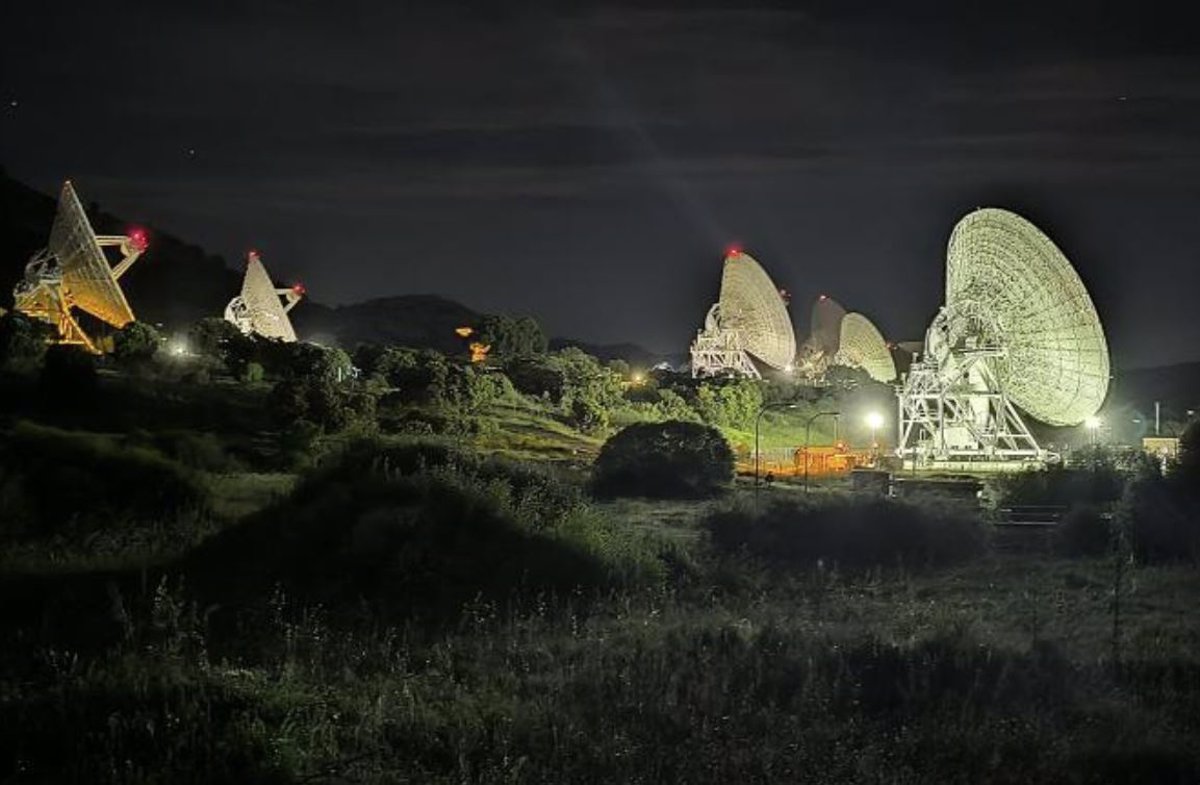The six antennas of the Deep Space Network in Madrid were targeted for the same mission for the first time – NASA
Madrid, 29 Apr. (Europe Press) –
For the first timeThe six antennas of NASA's Deep Space Network at Robledo de Chavela (Madrid) tested simultaneously receiving data from Voyager 1. On April 20.
Combining the receiving power of multiple antennas, known as “ordering,” allows the DSN to collect very weak signals from distant spacecraft. NASA said. An array of five antennas is currently required to transmit science data from the spacecraft's Plasma Wave System (PWS) instrument. As Voyager moves further, six antennas will be required.
Antennas are already in place at three Deep Space Network campuses (Goldstone in California, Canberra in Australia and Robledo-Madrid)., This is the first case where six antennas are placed simultaneously. It's Madrid Currently the only deep space communications complex with six operational antennas (The other two campuses have four each). Each complex has a 70 meter antenna and several 34 meter antennas.
Voyager 1 is 15 billion miles away, so its signal on Earth is much weaker than that of other spacecraft with which DSN communicates. Currently, the signal from Voyager 1 takes more than 22 and a half hours to travel from the spacecraft to Earth. To better receive radio communications from Voyager 1, A single large antenna (or an array of several smaller antennas) may be used.
Voyager 1 and its twin, Voyager 2, are the only spacecraft to fly into interstellar space (the space between stars).
The Deep Space Network allows missions to monitor, send commands and receive scientific data from distant spacecraft. With a total of 14 antennas in operation, the network currently supports more than 40 missions and It is expected to support 40 more to be launched in the coming years.
The Madrid station is managed by the National Institute of Space Technology (INTA) on behalf of NASA.

